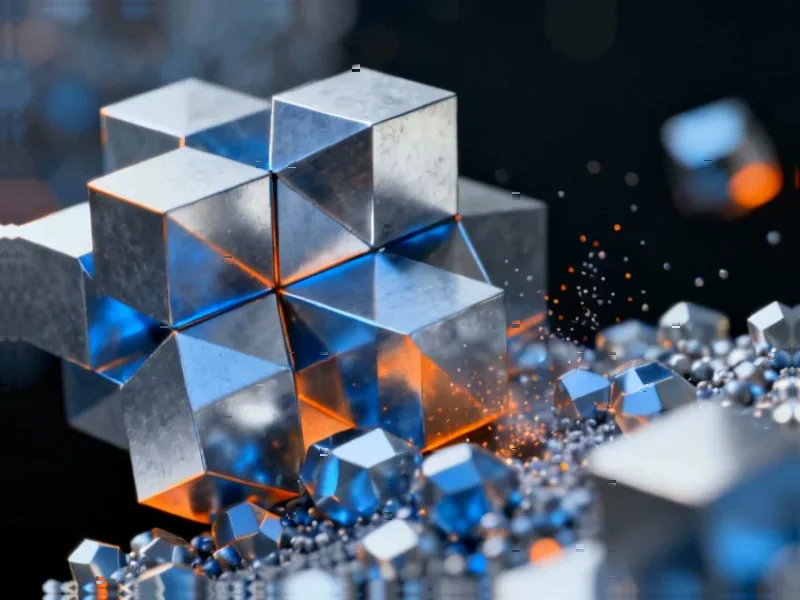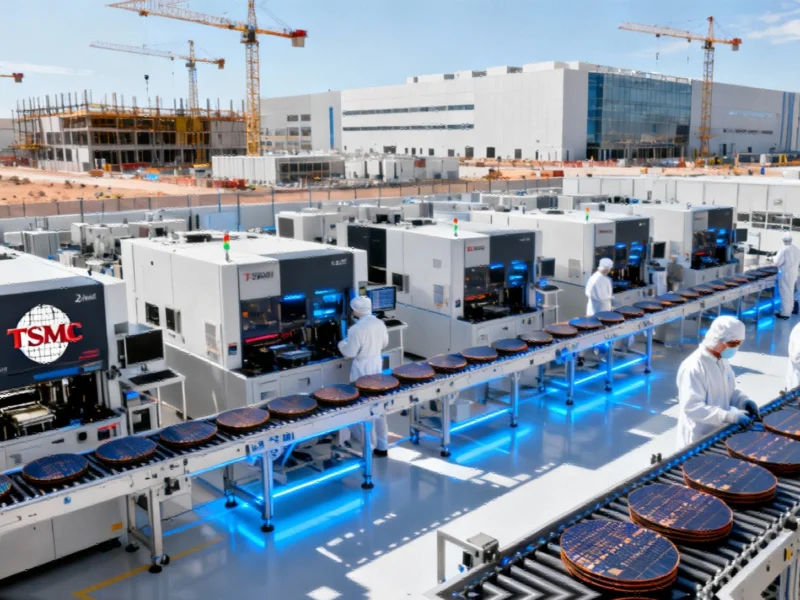Advanced Simulation and Experimental Insights into FeSi Steel Aging
Recent scientific research has revealed crucial insights into how precipitate formation and crystal orientation evolution during aging processes significantly impact the magnetic properties of non-oriented FeSi steel components. This comprehensive study combines molecular dynamics simulations with experimental analysis to provide manufacturers with actionable data for optimizing electrical steel performance.
Table of Contents
- Advanced Simulation and Experimental Insights into FeSi Steel Aging
- Molecular Dynamics Simulation Methodology
- Carbon Content Dictates Precipitate Formation
- Crystal Orientation Evolution and Magnetic Implications
- Sample-Specific Texture Development Patterns
- Industrial Implications for Electrical Steel Manufacturing
- Future Research Directions and Applications
Molecular Dynamics Simulation Methodology
Researchers employed sophisticated molecular dynamics simulations using the LAMMPS package with the Fe-C MEAM potential developed by Liyanage et al. The simulation setup featured a 76×101×68 ų box containing approximately 21,000 atoms of bcc-Fe and 27,000 atoms of Fe₃C, implementing periodic boundary conditions to mimic real-world material behavior. The Fe₃C structure was modeled with orthorhombic unit cells having specific lattice parameters, while two distinct orientation relationships between ferrite and cementite were analyzed using the Baker-Nutting and Pitsch orientation directions., according to expert analysis
The simulation methodology involved energy minimization through the conjugate gradient method, followed by detailed analysis using the Open Visualization Tool (OVITO). This approach provided atomic-level insights into how different crystal orientations develop during the aging process and how they interact with precipitate formation.
Carbon Content Dictates Precipitate Formation
The research demonstrates that carbon concentration plays a decisive role in precipitate formation during aging at 180°C. JMatPro software predictions revealed striking differences in cementite volume fractions across samples with varying carbon content:
- 0.41FeSi sample: Highest cementite volume fraction with precipitate density of approximately 10/1000 µm
- 0.18FeSi sample: Intermediate cementite formation with significantly lower precipitate density (~1.5/1000 µm)
- 0.05FeSi sample: Negligible cementite formation, remaining below 0.5 vol%
The study established a clear correlation where doubling carbon content more than doubled precipitate formation. Temperature-dependent analysis further showed a gradual increase in cementite amount as aging temperature rises, providing manufacturers with critical processing parameters for controlling magnetic properties.
Crystal Orientation Evolution and Magnetic Implications
Neutron diffraction analysis revealed significant variations in crystal orientation distribution between initial and aged samples. The orientation distribution functions (ODFs) focused on key texture components critical for magnetic performance:
- η-fiber: Orientations with LD aligned with <100>
- θ-fiber: Orientations with ND aligned with <100>
- α-fiber: Orientations with <110> direction
- γ-fiber: Orientations with {111} plane
The research identified <100> as the favorable orientation component, serving as the easy direction for magnetization in non-oriented FeSi steel. This finding is particularly significant for electrical steel manufacturers seeking to optimize magnetic permeability and reduce core losses in motor and transformer applications., as as previously reported
Sample-Specific Texture Development Patterns
Initial Sample Analysis:
The 0.41FeSi sample exhibited the highest cube texture density and θ-fiber density, while showing the lowest η-fiber density. In contrast, the 0.18FeSi sample demonstrated the highest η-fiber density with stronger Goss texture components. The 0.05FeSi sample showed similar texture distribution but with Goss texture exceeding cube texture intensity.
Aged Sample Evolution:
After aging, all three samples maintained high θ-fiber density, but significant differences emerged in other texture components. The 0.18FeSi sample developed a particularly strong θ-fiber followed by η-fiber, while the 0.05FeSi sample showed the strongest Goss texture among all samples. The γ-fiber, which presents the hard direction for magnetization, was most prominent in the 0.41FeSi and 0.05FeSi samples.
Industrial Implications for Electrical Steel Manufacturing
This research provides crucial insights for industrial applications where magnetic properties directly impact device efficiency. The findings enable manufacturers to:
- Optimize carbon content for desired magnetic characteristics
- Control aging parameters to develop favorable crystal orientations
- Balance precipitate formation with texture development
- Design processing routes that enhance <100> component density
The correlation between carbon content, precipitate density, and crystal orientation evolution offers a scientific foundation for developing next-generation electrical steels with improved magnetic performance. Manufacturers can leverage these insights to reduce energy losses in electrical machines while maintaining cost-effective production processes.
Future Research Directions and Applications
This comprehensive study opens new avenues for research into advanced electrical steel processing. Future investigations could explore the combined effects of multiple alloying elements, different aging temperature profiles, and industrial-scale processing conditions. The methodology established in this research provides a robust framework for optimizing magnetic materials across various industrial applications, from automotive motors to power distribution transformers.
The integration of molecular dynamics simulations with experimental validation represents a powerful approach for materials development, enabling manufacturers to predict and control magnetic property evolution during thermal processing with unprecedented accuracy.
Related Articles You May Find Interesting
- Engineering Calcium Channels from Scratch: A New Frontier in Synthetic Biology
- Copper-Free Photonic Circuits Enable Breakthrough in Chip-Scale Frequency Comb G
- Beyond Inflammation: Caspase-11’s Surprising Role in Bone Health and Osteoporosi
- New Study Reveals SHP2 Inhibitors Block Lung Cancer Spread by Targeting Key Sign
- Unlocking Cancer Treatment Potential: How COVID mRNA Vaccines Boost Immunotherap
This article aggregates information from publicly available sources. All trademarks and copyrights belong to their respective owners.
Note: Featured image is for illustrative purposes only and does not represent any specific product, service, or entity mentioned in this article.



